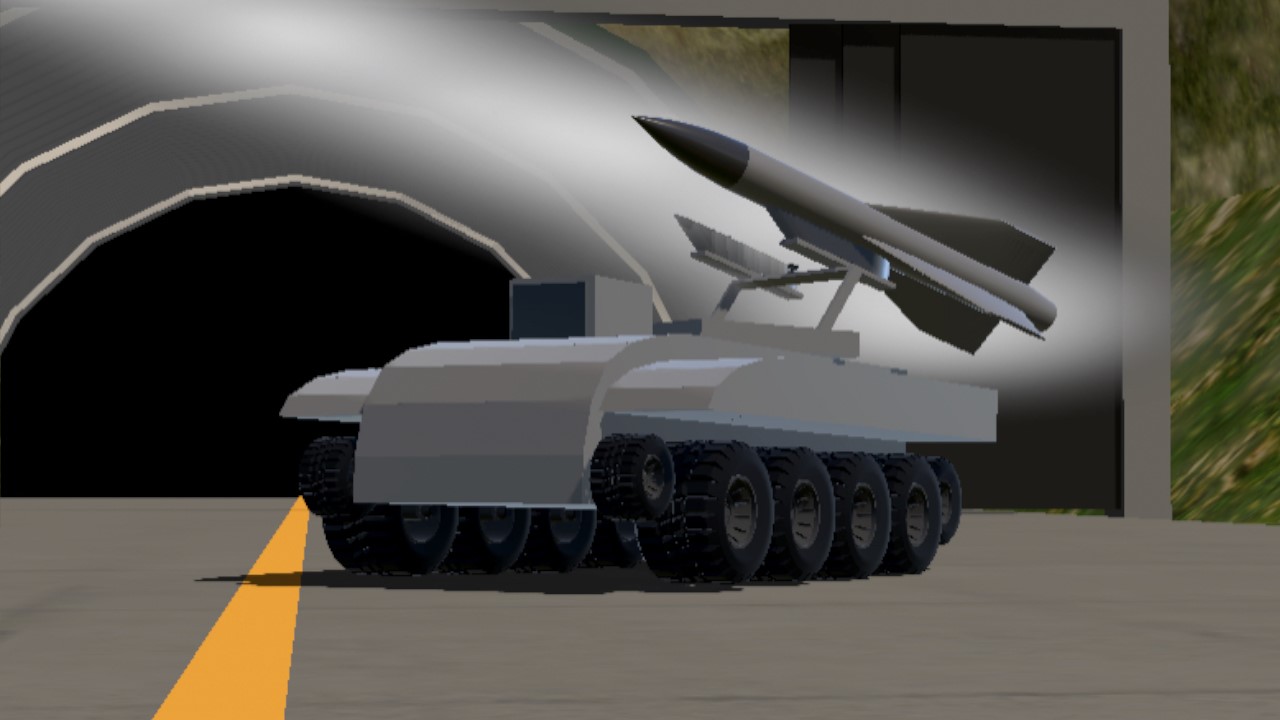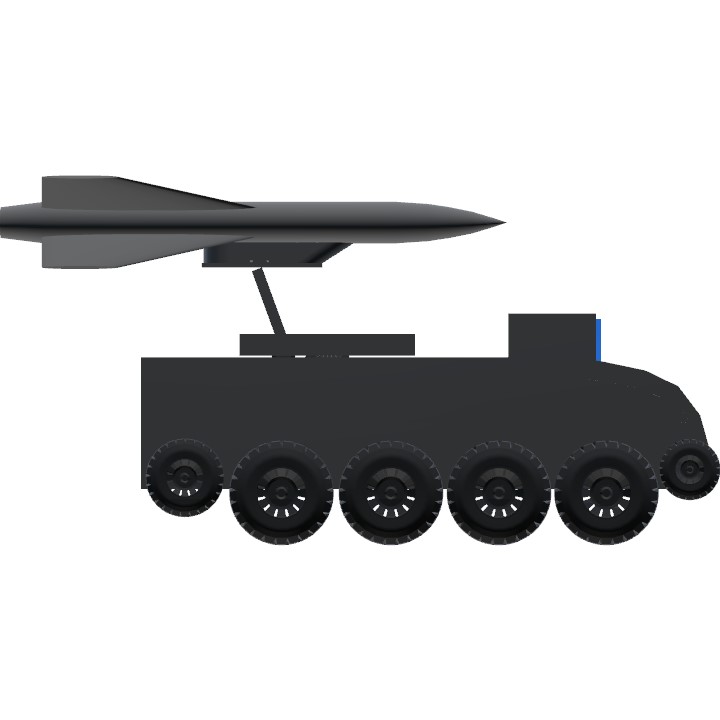Introductions:
The Raytheon MIM-23 HAWK ("Homing All the Way Killer") is an American medium-range surface-to-air missile. It was designed to be a much more mobile counterpart to the MIM-14 Nike Hercules, trading off range and altitude capability for a much smaller size and weight. Its low-level performance was greatly improved over Nike through the adoption of new radars and a continuous wave semi-active radar homing guidance system. It entered service with the US Army in 1959.
In 1971 it underwent a major improvement program as the Improved Hawk, or I-Hawk, which made several improvements to the missile and replaced all of the radar systems with new models. Improvements continued throughout the next twenty years, adding improved ECCM, a potential home-on-jam feature, and in 1995, a new warhead that made it capable against short-range tactical missiles. Jane's reported that the original system's single shot kill probability was 0.56; I-Hawk improved this to 0.85.
Hawk was superseded by the MIM-104 Patriot in US Army service by 1994. The last US user was the US Marine Corps, who used theirs until 2002 when they were replaced with the man-portable short-range FIM-92 Stinger. The missile was also produced outside the US in Western Europe, Japan and Iran. The US never used the Hawk in combat, but it has been employed numerous times by other nations. Approximately 40,000 of the missiles were produced.
Development of the Hawk missile system began in 1952, when the United States Army began studies into a medium-range semi-active radar homing surface-to-air missile. In July 1954 development contracts were awarded to Northrop for the launcher, radars and fire control systems, while Raytheon was awarded the contract for the missile. The first test launch of the missile then designated the XSAM-A-18 happened in June 1956.
By July 1957 development was completed, by which time the designation had changed to XM3 and XM3E1. Very early missiles used the Aerojet M22E7 which was not reliable. The problems were resolved with the adoption of the M22E8 engine.
The missile was initially deployed by the US Army in 1959, and by the US Marine Corps in 1960.
The high complexity of the system, and the quality of tube-based electronics, gave the radars in the early Hawk systems a mean time between failures (MTBF) of only 43 hours. The improved Hawk system increased this to between 130 and 170 hours. Later Hawk versions improved this further to between 300 and 400 hours.
Improved Hawk or I-Hawk The original Hawk system had problems engaging targets at low altitude—the missile would have problems picking the target out against ground clutter. The US Army began a program to address these issues in 1964 via the Hawk Improvement Program (Hawk/HIP).
That it!
Specifications
General Characteristics
- Created On iOS
- Wingspan 13.9ft (4.3m)
- Length 26.9ft (8.2m)
- Height 13.8ft (4.2m)
- Empty Weight 7,216lbs (3,273kg)
- Loaded Weight 8,446lbs (3,831kg)
Performance
- Wing Loading N/A
- Wing Area 0.0ft2 (0.0m2)
- Drag Points 7908
Parts
- Number of Parts 73
- Control Surfaces 0
- Performance Cost 476





@MLAero hope you can now
Some
Hawk Tuah
I wish I could upvote it's brilliant!